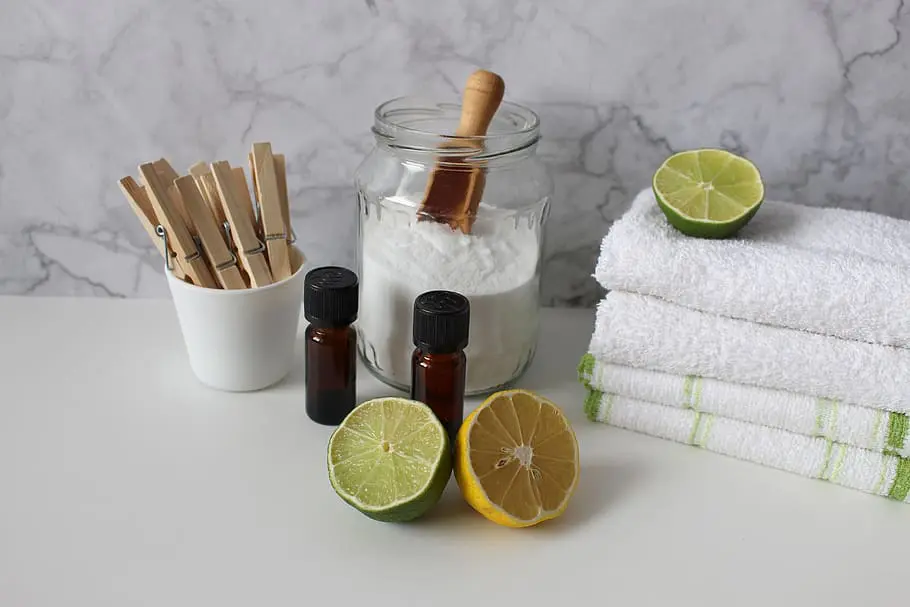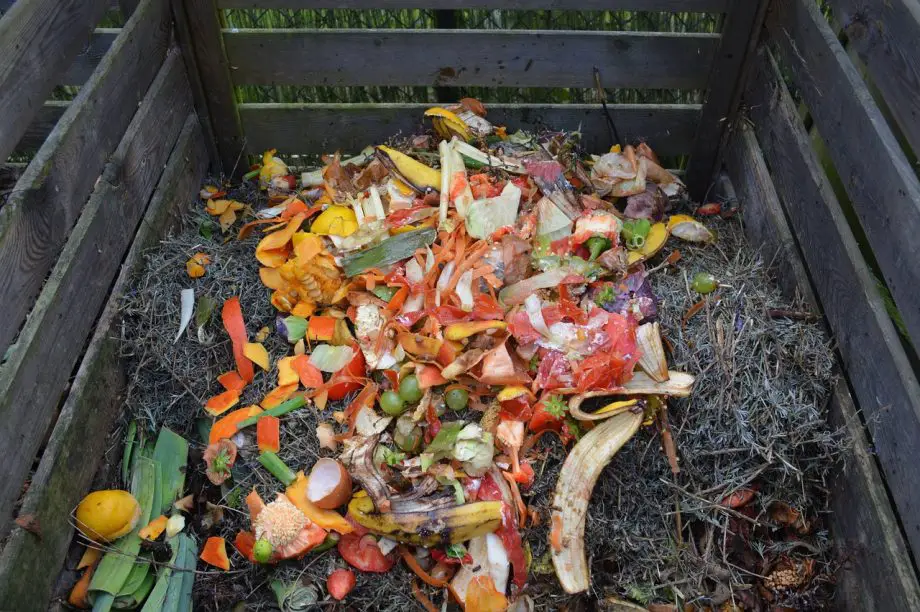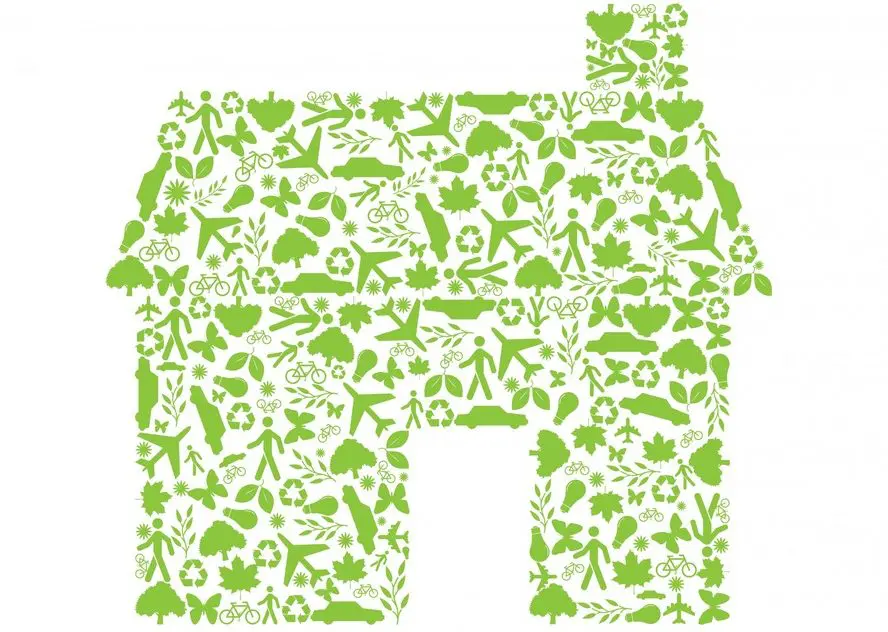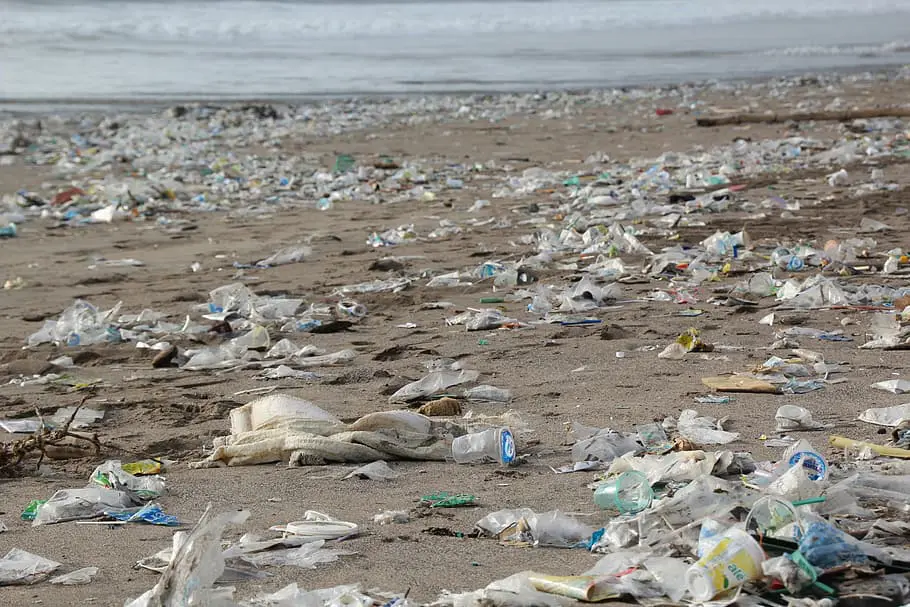
Curious about how to make your wardrobe more sustainable? Our article provides easy and practical tips to help you become an eco-friendly fashionista. Start your green journey today!
Make your wardrobe more sustainable by focusing on four key areas: buying less, choosing quality over quantity, opting for eco-friendly materials, and taking proper care of your clothes. These simple steps can greatly reduce your environmental impact while keeping you stylish.
Key Takeaways
| Action | Description |
|---|---|
| • Buy Less | Reduce consumption by avoiding impulse purchases. |
| • Choose Quality Over Quantity | Invest in high-quality, durable clothing. |
| • Buy Second-Hand | Shop at thrift stores to reduce waste and save money. |
| • Choose Eco-Friendly Materials | Opt for biodegradable materials like organic cotton, linen, and hemp. |
| • Care For Your Clothes | Follow care instructions and avoid harsh chemicals to extend lifespan. |
| • Repair and Upcycle | Fix damaged clothes or transform them into something new. |
| • Donate or Recycle | Don’t throw away; consider donating or recycling your clothing. |
How to Make Your Wardrobe More Sustainable
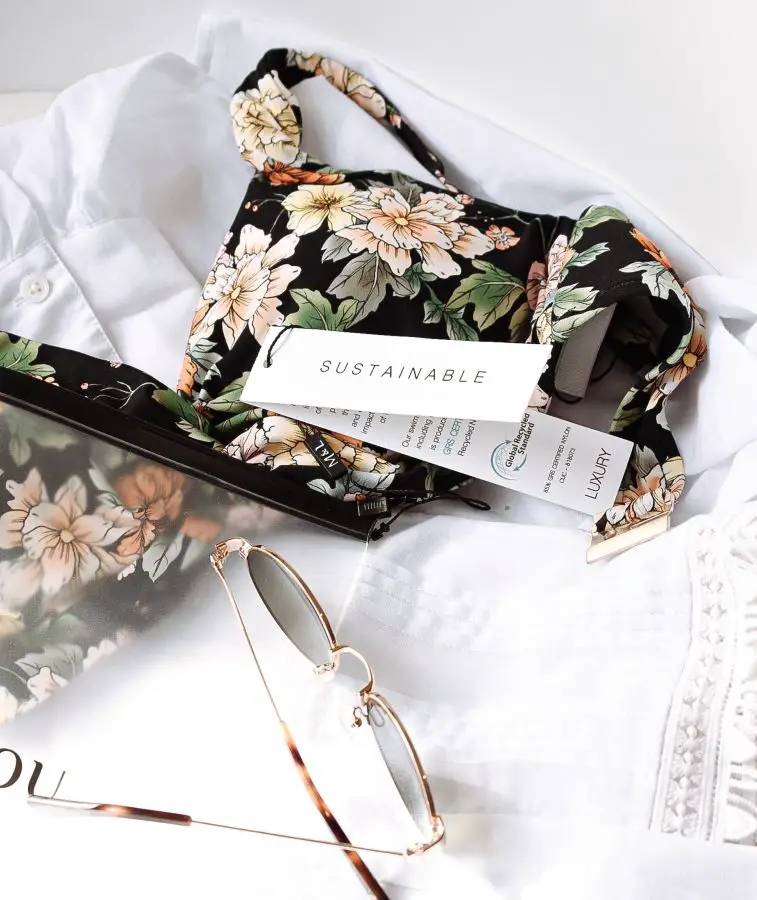
Hey there, fashion-forward friend! If you’ve been wondering how to make your wardrobe more sustainable, you’re in the right place.
We’re diving into some super doable steps that won’t just be kind to the planet, but also amp up your style game. Let’s get started!
Sustainable fashion is not just a trend; it’s a growing necessity.
With the fashion industry being one of the major contributors to environmental degradation, a sustainable wardrobe is more important than ever.
The good news is, you don’t have to make drastic changes to be more sustainable.
Below are effective ways to make your wardrobe eco-friendly without sacrificing style.
Buy Less
Reducing consumption is crucial for a sustainable lifestyle. Think of this as meal planning for a week; you only buy what you need, avoiding waste.
Consider the 30-wear test before making a purchase to ensure longevity and usefulness.
The 30- wears test by Livia Firth simply involves asking yourself, “Will I wear this (any item of clothing you are buying) at least 30 times?” If the answer is Yes, pick it up else put it down. Do not buy it. More here
Choose Quality Over Quantity
Investing in quality over quantity is like investing in a reliable car; it pays off in the long run.
Look for clothing made from durable materials and good craftsmanship.
The longer your clothes last, the less frequently you’ll need to replace them.
Buy Second-Hand
Thrifting is a win-win situation for both your wallet and the planet. Much like buying certified pre-owned cars, you’re getting great quality for a fraction of the price and reducing waste.
Choose Eco-Friendly Materials
Selecting eco-friendly materials is akin to opting for renewable energy sources; it’s better for the environment. Look for materials that are biodegradable and ethically sourced.
| Material | Description |
|---|---|
| Organic Cotton | Grown without synthetic pesticides or fertilizers. |
| Linen | Made from flax fibers; requires less water than cotton. |
| Hemp | Requires fewer pesticides and less water than cotton. |
| Recycled Polyester | Made from recycled plastic bottles. |
Care For Your Clothes
Taking good care of your clothes is much like maintaining a garden; the better you care for it, the longer it lasts.
Simple things like washing at lower temperatures and air drying can extend the life of your garments.
Repair and Upcycle
Fixing a damaged item is akin to patching up a leaking pipe; it’s more cost-effective and sustainable than buying new.
There are numerous tutorials available online that can teach you basic repairs.
Donate or Recycle
When you’re ready to part ways with your clothing, consider donating or recycling them.
This act of sustainability is as impactful as participating in a community clean-up; it benefits both society and the environment.
| Symbol | Meaning |
|---|---|
| !Washing Symbol | Machine washable |
| !Bleaching Symbol | Non-chlorine bleach only |
| !Tumble Drying Symbol | Tumble dry low heat |
| !Ironing Symbol | Iron medium heat |
| !Dry Cleaning Symbol | Dry clean only |
FAQs

Navigating the world of sustainable fashion can be a bit like exploring a new city without a map.
You’re excited but also have lots of questions on how to get started or what to look out for.
That’s why we’ve gathered some of the most commonly asked questions about making your wardrobe more sustainable.
Let’s dig into these questions and provide some clear, straightforward answers.
Q: What are some eco-friendly materials I should look for?
A: When shopping for sustainable clothes, keep an eye out for organic cotton, linen, hemp, and recycled polyester.
These materials are usually produced in an environmentally friendly manner and are biodegradable or recyclable.
Q: How do I properly care for my clothes to make them last longer?
A: To extend the life of your garments, always follow the care instructions on the label.
Opt for cold water washes and air drying when possible, as these methods are generally gentler on fabrics and consume less energy compared to hot water and machine drying.
Q: Where can I buy second-hand clothes?
A: Thrift stores, consignment shops, and online marketplaces like eBay or Depop are excellent places to find second-hand clothing.
Some specialized online platforms focus solely on curated, high-quality pre-owned fashion.
Q: Is sustainable fashion more expensive?
A: While sustainable clothing can sometimes be pricier upfront, think of it as a long-term investment.
Just like buying a durable kitchen appliance that won’t need frequent replacing, high-quality, sustainable clothes often last longer, ultimately saving you money over time.
Feel free to dive deeper into any of these topics, and remember, every small step you take toward sustainability makes a big difference!
Conclusion
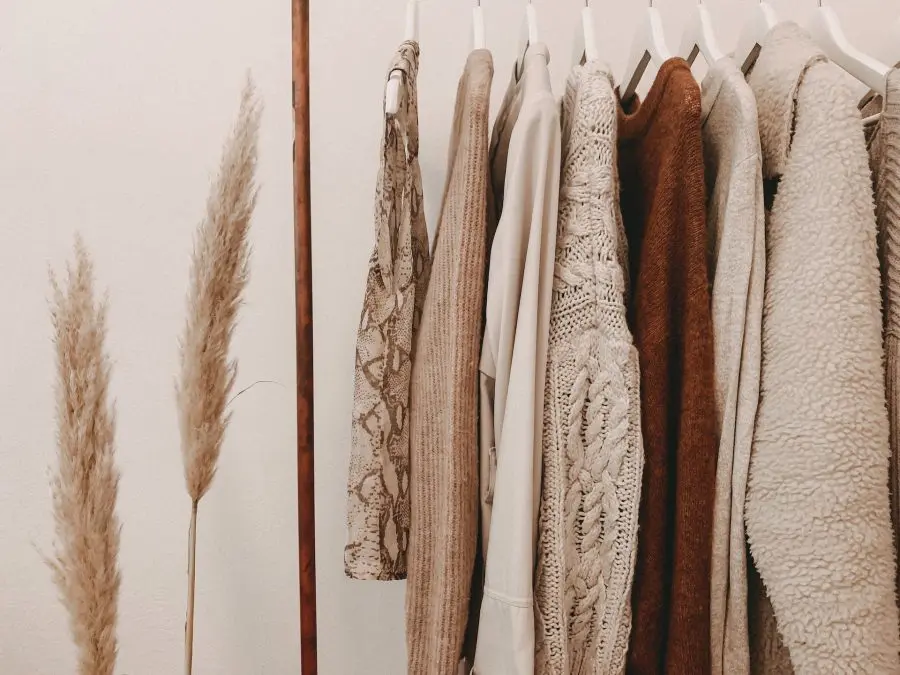
As we wrap up, remember that knowing how to make your wardrobe more sustainable is much like learning to garden; it takes time, effort, and continuous learning.
But the rewards are immense, not just for you but for the planet as well.
By making thoughtful choices, caring for what you have, and considering second-hand or eco-friendly options, you’re playing an important role in a larger ecosystem of change.
Small Changes, Big Impact
Sometimes, the smallest changes have the most significant effects.
Just like switching to reusable shopping bags has become second nature to many of us, simple acts like choosing to buy less or caring properly for the clothes you already have can cumulatively make a big difference.
The added bonus? You’ll likely save money in the long run.
Be a Conscious Consumer
Being a conscious consumer doesn’t mean completely overhauling your lifestyle or breaking the bank.
It’s comparable to being a discerning foodie who knows where their produce comes from.
By being mindful of where your clothes are made, the materials used, and the ethical stance of the brands you support, you can make decisions that are aligned with your values while contributing to a more sustainable future.
By taking even a few of these steps, you’re on your way to creating a wardrobe that’s not just stylish but also sustainable. It’s a win-win situation, for both you and Mother Earth.


